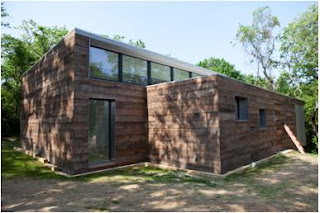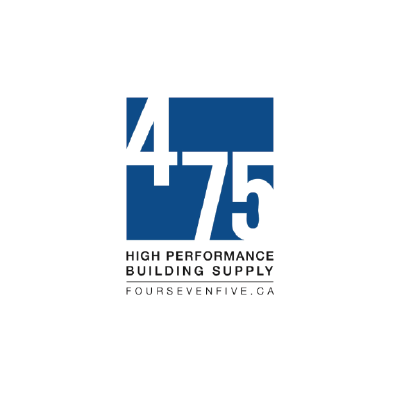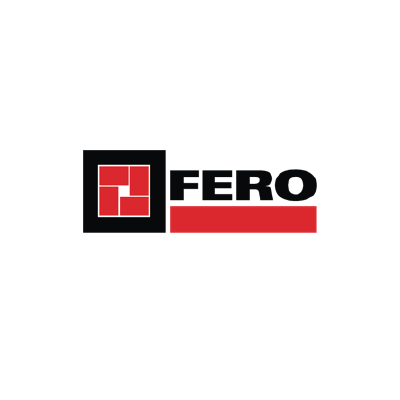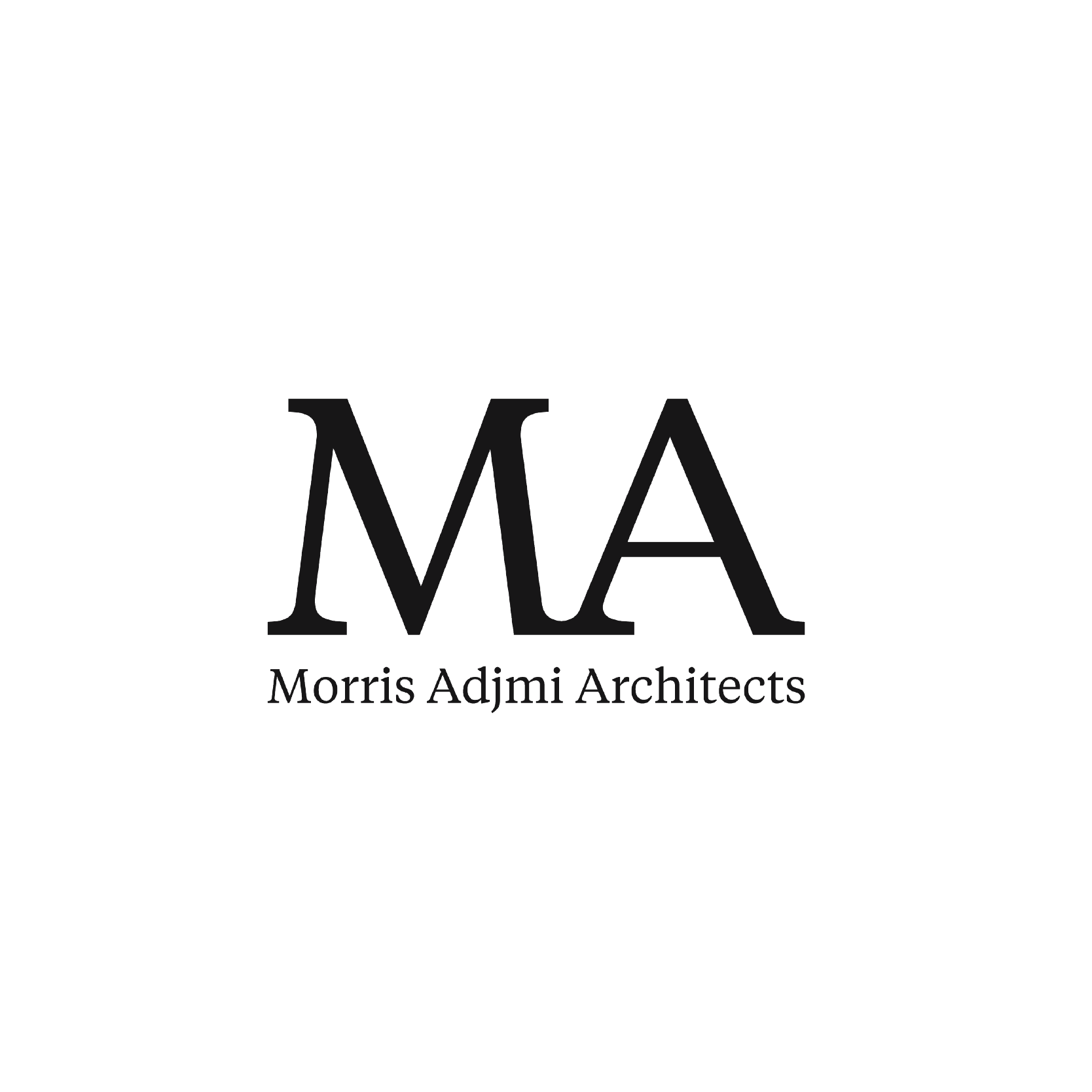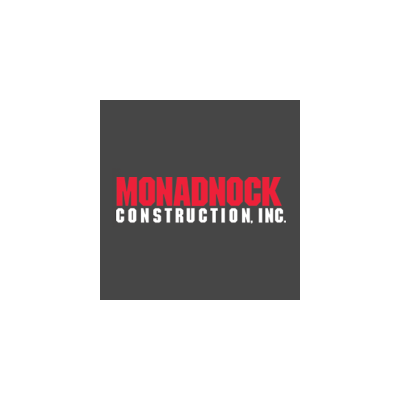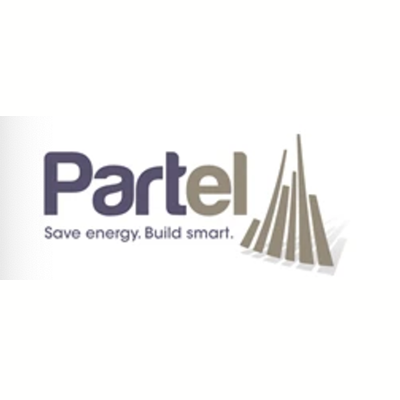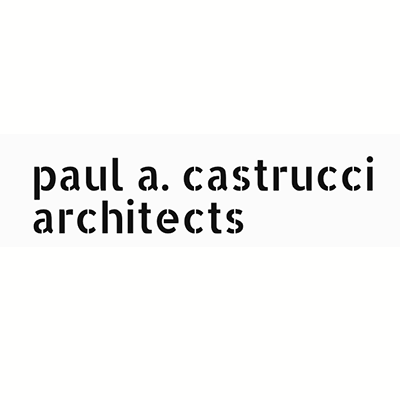By David White, Right Environments.
I was very fortunate to work with Ryall Porter Sheridan Architects and Manuele Contracting on the newly Passivhaus certified artist studio in Orient, Long Island, NY. I’d like to share what I hope will be useful reflections.
The Orient climate is very similar to New York City in terms of temperatures and solar radiation. The studio is in a wooded area with moderate Southern exposure, near a bluff looking North over Long Island Sound.
Plan and section. Ryall Porter Sheridan Architects
Approach
The brief was challenging. An artist studio implied mostly north-facing glass (also for view considerations) and a small, single story plan (TFA is just under 900 sf). The form is articulated for such a small building, with two intersecting volumes of different heights – one for the workshop space and the other for auxiliary spaces. This led to an extremely high enclosure to TFA ratio of 5.0 (five square feet of enclosure for each square foot of TFA), 100% of it above ground, which makes it very difficult to control transmission loss. It also meant that to meet the air tightness standard of 0.6 ach50, the envelope must achieve a leakage no higher than 0.023 cfm50 per square foot of enclosure (cfm per shell square foot, or cfm50/ssf). This index is useful for gauging the difficulty of air sealing, as well as the risk of moisture damage, since it proportions air leakage rate to envelope area.
The approach to achieving PH standard was in several steps. First, RPSA massaged the volume to reduce surface area. We then chose highly insulated components on all sides (including R-10 windows), using cellulose insulation for the most part, for its low cost and environmental impact. The roof and floor are 16″ TJI’s with dense pack cellulose, and the walls are double stud with 13″ cellulose. Finally, to offset what were in spite of all this insulation very high losses, we built the main part of the south wall for passive solar heating, with translucent EIFS over concrete block.
View from Northeast. Photo: Ty Cole
View from Southeast. Photo: Ty Cole
Closeup of StoTherm Solar. Photo: Ty Cole
Air Barrier
The most difficult and imperfect part of this project was the air barrier. First, the learning curve for coordination of the air barrier design among all three parties proved very steep. Unexpectedly, 2×6 partition walls were built before the ceiling air barrier, so the air barrier ultimately included the 2×6 top plates. Top plate butt joints, hidden behind stud ends, were not taped. We were able to fix these rather easily by temporarily removing the offending studs. We fixed a few, fired up the blower door, and found that each butt joint was worth about 2 cfm50.
The air barrier at OSB sheathing was meant to connect to each rough opening, then each rough opening sealed all the way to its inboard edge, then rough opening sealed to inboard side of window frames. This of course meant that the cracks at all four corners of each rough opening had to be sealed. This was imperfectly documented for the builder and the four corners were not sealed. Remember the 2 cfm50 at the 2×6 butt joints? At this point, the windows were already in, and could not be sealed from the front due to factory-applied polystyrene overinsulation. We laboriously air sealed cracks in the vicinity of those four corners around 10 times the length of the four corner cracks, and maybe we got the leakage down to 0.5 cfm50 per crack. 13 windows, 4 corners each – those corners ate about a quarter our total leakage budget. Lesson learned: document everything. It’s worth the effort to draw it in 3D.
The wall is a double stud wall with 2×6 inboard and 2×3 outboard (became 2×4 due to builder preference for sturdier lumber). The air barrier is OSB at outboard side of 2×6. This was chosen to keep the air barrier free of penetrations inboard but protected from hygrothermal cycling outboard, and to allow the use of vapor-open wood fiberboard (which is hard to air seal) for the outer sheathing. This proved to be the most problematic aspect of the design. The problem was that while the air barrier could be well understood and built in typical section, the geometry of the envelope became so thorny where the two volumes intersect that we could not even visualize where the air barrier should be while inspecting that part of the construction on site.
I believe that this location for air barrier can be easily built for simple geometries. For this project, an exterior air barrier would have been better, and to some degree we ended up using one. Fiberboard, originally intended for the exterior sheathing, could not be used without purchasing a much larger quantity than needed, so we went with fiberglass-faced gypsum board in stead, because it is vapor open. Good for us, it can also be air sealed. Because of foam insulation on window frames as well as drainage provisions, air seal of this layer to windows is of undetermined effectiveness. In any case, lesson learned: especially with complex forms, exterior air barriers make light work.
We spent countless hours on site diagnosing and sealing leaks. Another outstanding area of leakage was a zone that had to be verified by visual inspection, since it had to be roofed before a blower door test could be performed. It turned out to leak. A lot. Which required a lot of extra work. An exterior AB would have avoided this.
Beyond all this, even the most diligent efforts did not catch everything that mattered. All electrical conduit was sealed at penetrations, but we still had a few cfm of air leakage through the conduit itself. Finally, after great effort, Tectite software verified a passing grade.
Trombe Wall
PHPP calculated transmission losses at 66 kWh/m2a. To offset this we designed for a lot of solar gain with a lot of thermal mass. The entire south wall of the larger volume is built out of 8″ concrete block, fully grouted, with 6″ translucent insulation adhered to the exterior face (R12 whole assembly). The product is StoTherm Solar, which is not sold in the US and was shipped from Germany in a container shared with the windows. The translucent insulation behaves like a window by allowing sunlight through but insulating between inside and out. The problem with modeling this material in PHPP as though it were a window is that it does not account for the complex behavior of the block wall that stands between the translucent material and the space. A German organization named the Fachverband TWD has addressed this very problem with a calculation that they offer free of charge on their website.
If all solar gain through the aperture must pass through the block wall before entering the space, it enters at a much steadier rate than it would under the more typical scenario of a window with a massive interior surface. In fact, more heat will come through in the evening than during mid-day. This seemed a useful strategy in our case because a south-facing window of that size would otherwise overheat the space too frequently.
StoTherm Solar is designed to deflect high-angle sun, but not enough for buildings that are sealed and air-conditioned in summer. We designed a fixed wood lattice of tilted horizontal louvers to control summer gains. The lattice was not built due to high cost, and was replaced by a black woven agricultural mesh costing a few hundred dollars. The mesh will be hung by rivets on hooks, and installed and removed on an annual cycle. Removing the mesh leaves the South wall fully exposed, which yields 20% higher gain than using the lattice. We are currently waiting to install the mesh, to see if it is in fact necessary.
The StoTherm Solar was very expensive. We don’t know how much of the cost was added by a third party who helped with importing. In any case, another material that may be of use for similar applications is multi-wall polycarbonate. It performs not nearly as well, and is not as durable, but can be easily purchased in the US at a small fraction the cost.
Thermal Bridging
We did a lot of thermal bridge calculation for this project, because of the difficulty of meeting the standard and the relatively large amount of intersection on this small, articulated form. In one case the analysis was especially useful to design. The concrete and wood elements at the base of the translucent EIFS wall seemed to form a substantial thermal bridge, and we considered using a course of AAC to break it. The AAC would break the thermal bridge, but also block useful solar gain from the StoTherm Solar adhered over it. The question was whether the AAC would yield a net benefit. We calculated transmission loss and solar gain for each case, and it turned out that the AAC yielded a net loss, so we knew not to use it, without considering the extra cost.
THERM analyses of block wall with (right) and without (left) a course of AAC at the base.
Thermal bridge analysis is fun, and we can learn a lot from it, but it is error prone and it takes a lot of time. I’d rather be spending that time making more great buildings. The better (and simpler) we make our buildings, the less we have to mess around with psi values.
Mechanical Systems
We used a 12,000 Btu Daikin concealed mini split for heating and cooling as well as ventilation distribution. Ventilation is by Zehnder CA200 with enthalpy core. The HRV core would have helped a lot with certification, since the enthalpy core is not certified, so cost us an additional 12% in efficiency. The enthalpy core is there to protect the occupant from an overly dry interior in winter, since occupancy is low and ventilation rates for the art studio may be high.
It’s also there because of concern about high humidity in summer. It’s hard to dehumidify a space when you’ve done a really good job of keeping the heat out, since most cooling systems need to cool in order to dehumidify. The strategy here was to use an ERV (since almost all of the latent load is from ventilation air) and to feed the fresh air supply into the return side of the air handler, so that moisture removal is higher than it would be were the fresh air fed downstream.
ERV feeding into AHU return. Photo: David White
This presents a few challenges. First, it’s not clear that it improves dehumidification much (we will be measuring it). It may be that the ventilation air enters with too much speed, and moves over the cooling coil in too disorderly a way for proper dehumidification to happen. To mitigate this, the duct that carries fresh air to the AHU enlarges from 5″ to 6″ a few feet before the unit, and enters the return plenum via a smooth path. Under ordinary circumstances, ventilation rate will be about 40 cfm, so we expect velocity to be adequately low at around 200 fpm.
Another problem is that the air handler fan changing speed might upset flow balance at the ERV, which will compromise its efficiency. This is a hot topic of discussion lately. The Zehnder and other ERV’s operate at very low pressures, so may be easily upset. Keep in mind that this problem still applies if you feed into the supply trunk, usually to a much greater extent. One way to minimize this effect is to design the indoor unit to operate at the lowest external pressure drop setting, by carefully designing and building the ducted distribution. This will also save fan energy, which may be significant in overall efficiency of the mini split (ducted mini splits have lower efficiency ratings than their wall hung counterparts primarily because of their higher fan energy). One could also use a self-balancing ERV, or perhaps impose moderate restriction on the ERV supply so that changes in AHU pressure have less effect on ERV flow. I don’t think this will be a problem in this building, but I will be measuring it.
Yet another problem is that for fresh air to reach its destination, the air handler fan must be programmed to run even when heating and cooling are not called for – otherwise the fresh air will blow backwards out the return grill. This fan operation can use a lot of energy, even at so-called “LL” speed. In some cases, including ours, it’s no problem to blow out of the return grill since it feeds back into the same space.
Lessons Learned
As noted above, simple is good. Simple form, simple wall types (try to avoid fancy insulation systems), simple details. It’s not easy, but easier than cleaning up after the complex.
If you can’t do simple, consider an exterior air barrier. This isn’t to say that we aren’tproud of this building. We met our goals and produced a great piece of architecture. But now that we’ve worked closely together, we’ll be more able to make it simpler next time.
Coordinating information on the thermal/air barrier is very important. I’ve tried a number of approaches as a consultant; most recently I have provided full enclosure detail sets or worked on the same CAD files with the architect.
Lastly, given the extreme challenge of meeting the air tightness standard for this building, all the mistakes we made, and the fact that we still passed, I’m immensely hopeful that 0.6 ach50 will soon enough be easily met in most cases. As we understand technique and material better, and learn to better coordinate efforts in studio and on site, it will become a routine process.
Credits
Architect: Ryall Porter Sheridan Architects
Contractor: Manuele Contracting
PH consulting, Envelope consulting, Mechanical systems: Right Environments, with special thanks to Marc Rosenbaum
———————————————————————————————————————————————————-



